A piece of American and family history from WWI
….my grandfather the pigeon farmer played a small role in a famous war story.
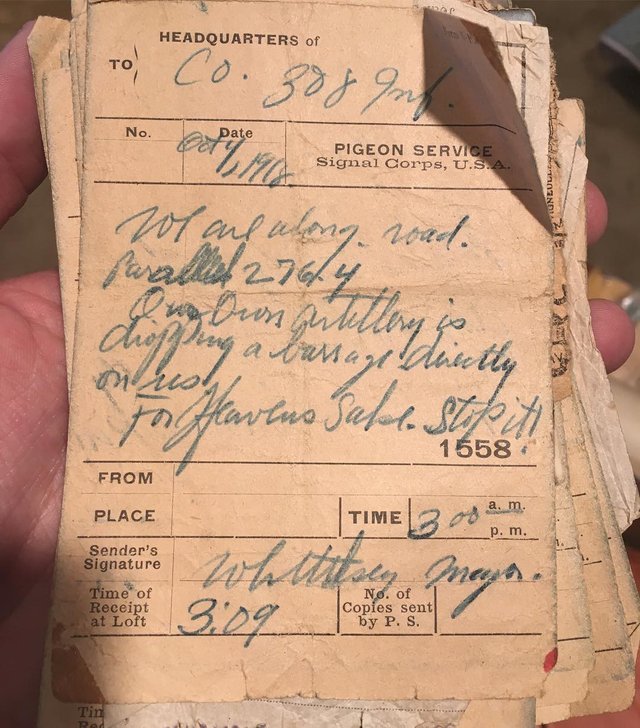
Before I explain the image above, let me introduce a character — Harold Jonas Cohn Sr. My grandfather. He was born in 1894 (ish). Yes… the 19th Century. You might be wondering how I have a grandfather born in 1894. It’s because he had my father at a late age (he was over 50).
Let’s move through history to get to the significance of the note above, a WWI artifact. But I want to place him in history first because it never ceases to amaze me the era he lived in.
Here is Harold Sr. as a child. The back of this photo is priceless.
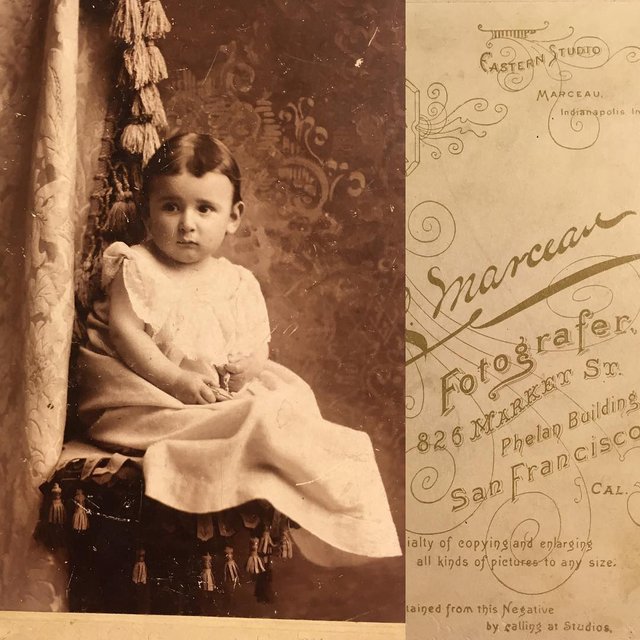
It reads: “Theo S. Marceau, fotografer [sic] 826 Market Street Phelan Building” — keep in mind this is before the great 1906 earthquake. The photographer pioneered a national chain of photo studios with offices in NY, Cinn., Indianapolis. SF and Boston. The Phelan Building remains today in SF. It is a designated SF landmark (it was rebuilt in 1908 after the 06 earthquake).
Here my grandfather looks to be age 6(ish).
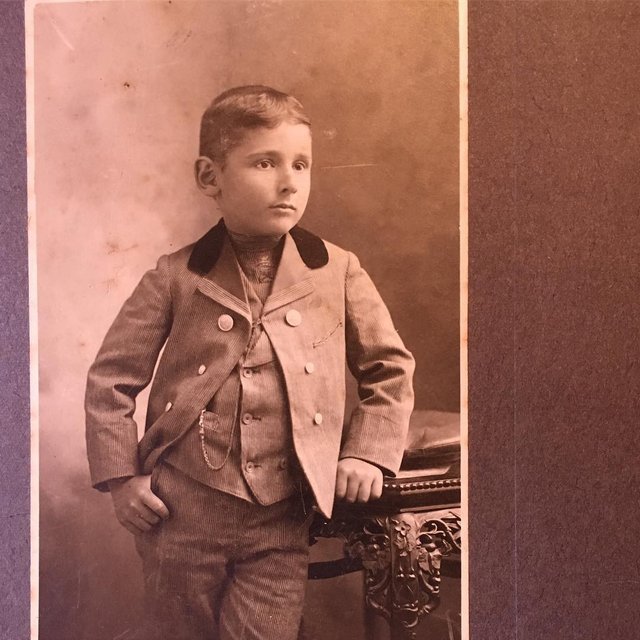
He’s getting older. From the back of the photo I gather it was taken at 418 Market st. Also written into the photo is “Prof. Hassauler New Ground Floo Studio” (some of that is hard to read). What I find interesting in this photo: The pocket watch (obviously) but also — it seems like he is wearing a yarmulke. All other photos from this era show the men in my family wearing modern (regal as fuck) hats. So now I have to wonder if they were wearing yarmulkes underneath? Then again — it’s not 100% clear — so the picture could be playing tricks on me. The impression I’ve always gotten from my father’s side of the family was one of almost anti-theism, despite being ethnic Jews, hence my interest in this.
My father’s family had a laundry shop that burnt down in the 1906 earthquake. I have coins from the cash register that melted together in the fire (modern coins have different alloys and wouldn’t melt in a fire).
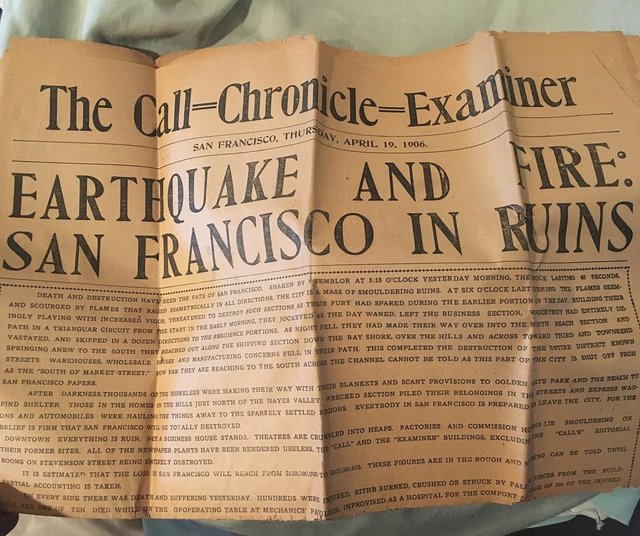
NEWS NERDS ALERT!!!!! My family has several copies of the “Call=Chronicle=Examiner” a special edition where all three (THREE!!) papers in SF came together after the 1906 earthquake to put out a paper. The language the paper used is fascinating. The opening line: “Death and destruction have been the fate of San Francisco.”
One more kid photo because — GOLDEN GATE PARK! Plus — these kids look regal as fuck. My grandfather is in the middle. The other two are Mandeville and Dagmar, his siblings. I think the year is 1902.
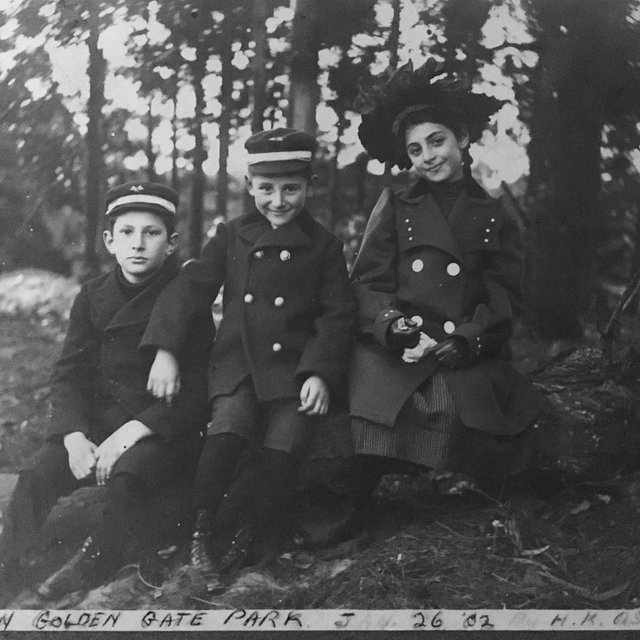
Okay. Zipping ahead in time. After the 1906 earthquake the family moves to the East Bay. They start a pigeon farm in Hayward. Yes. Pigeons. For food (‘squab’ on the menu). Baller right!
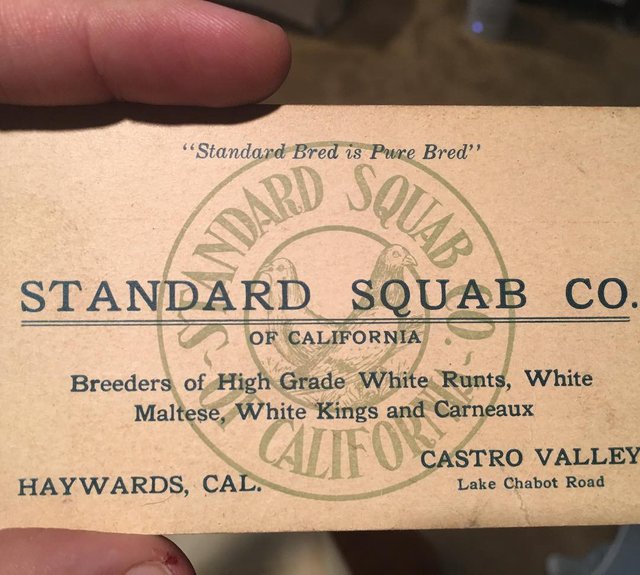
Then, war breaks out. World War. The first World War. In 1917 the US enters and my grandfather is fighting age (I estimate him to be around 22). He joins the war.
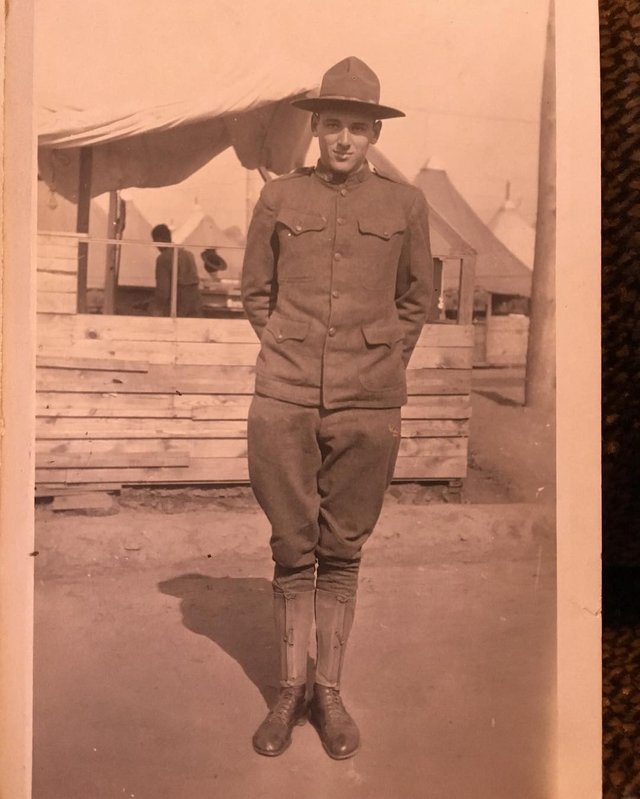
After the war my grandfather ALWAYS had a mustache. Im told it’s because of a scar he got on his upper lip during the war. The scar, as the story is told to me, is from mustard gas that got under his mask as he was putting it on during a mustard gas attack.
Badass WWI motorcycle alert!
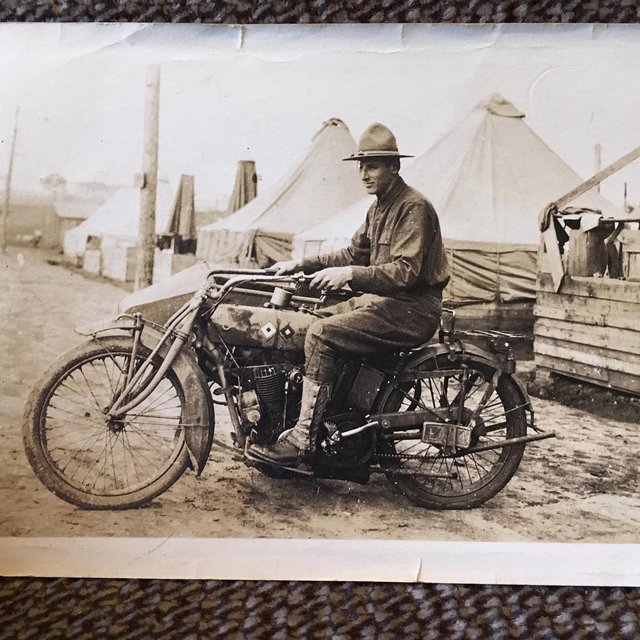
Now here’s where things get early 20th century. In WWI they were still using pigeons for some communications. They literally would send units out with soldiers that carried pigeon cages on their backs. Radio was still in its infancy and if it didn’t work, they released the pigeons.
My grandfather, being the pigeon cowboy that he was, was drafted into the pigeon corps.
Now here’s where the note at the top comes in.
There is a famous story from WWI called “The Lost Battalion.”
It was the “Saving Private Ryan” story of WWI.
Here’s the tl’dr version of their story: The Allies do an offensive that is mostly a disaster but one unit breaks through and ends up behind German enemy lines. Nobody knows of their success, so the allies continue bombardment. The unit is taking enemy fire and is suffering from the Allies also dropping bombs in the Argonne forest. Eventually the “Lost Battalion” is able to get a single pigeon through (others had been shot down by the Germans) and it flew back to home base with a note that read
“We are along road parallel 276.4. Our own artillery is dropping a barrage directly on us. For heaven’s sake, stop it.”
The shelling stopped and a rescue effort was mounted. That last part of the note made headlines: “For Heaven’s Sake, Stop It!” — you can see it already in your minds eye as a great big bold newspaper headline.

There is a Wikipedia article about The Lost Battalion. The pigeon that delivered the note was named Cher Ami. It was stuffed and can be seen today at the Smithsonian.
Form the Wikipedia article of Cher Ami: “To American school children of the 1920s and 1930s, Cher Ami was as well known as any human World War I heroes.” I imagine Cher Ami to be a kind of “Rin Tin Tin” of her age. Even “Rin Tin Tin” is a bit dated, but I don’t know of a more modern equivalent.
Here’s a movie that was made based on the Lost Battalion.
Here’s a rock anthem that was also inspired by the story.
And here’s a photo again of the note that started this post off. It is the note that Cher Ami delivered. My grandfather, part of the pigeon corps, kept it. For all I know, he was the soldier that received the message and helped halt the bombardment. When we came across this note, my father was incredibly excited. His father had told him stories about the Lost Battalion.
Even when I pulled out ALL of the pigeon notes we have my father said “look for one that says “for heaven’s sake, stop it.” Well, here it is.

When my grandfather came back to Northern California he was a local war hero. I’m told they made him a Deputy Sheriff in Hayward (I have not confirmed this story, but hope to do some digging around it one day). Here are a few clips from local papers. The one on the right reads: “Harold Cohn Returns From France — Says Pigeons Played An Important Part In The War” The subhead “Pigeon Message Received By Harold Cohn And Others Saves Lost Battalion.”
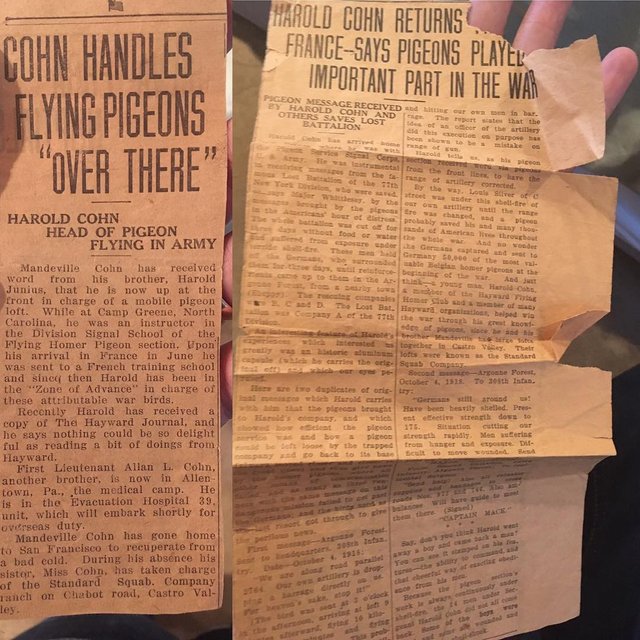
Here’s some primary source material from the “Hayward Courier.” At least, that’s what I think the paper was called. There is the “Hayward Daily” which claims to go back to the late 19th century. I would have to pay to go through their archives. So for now — here are two articles written about Harold Cohn Sr., born 1894, after he came back from the war.
After the war my grandfather moved to Los Angeles.